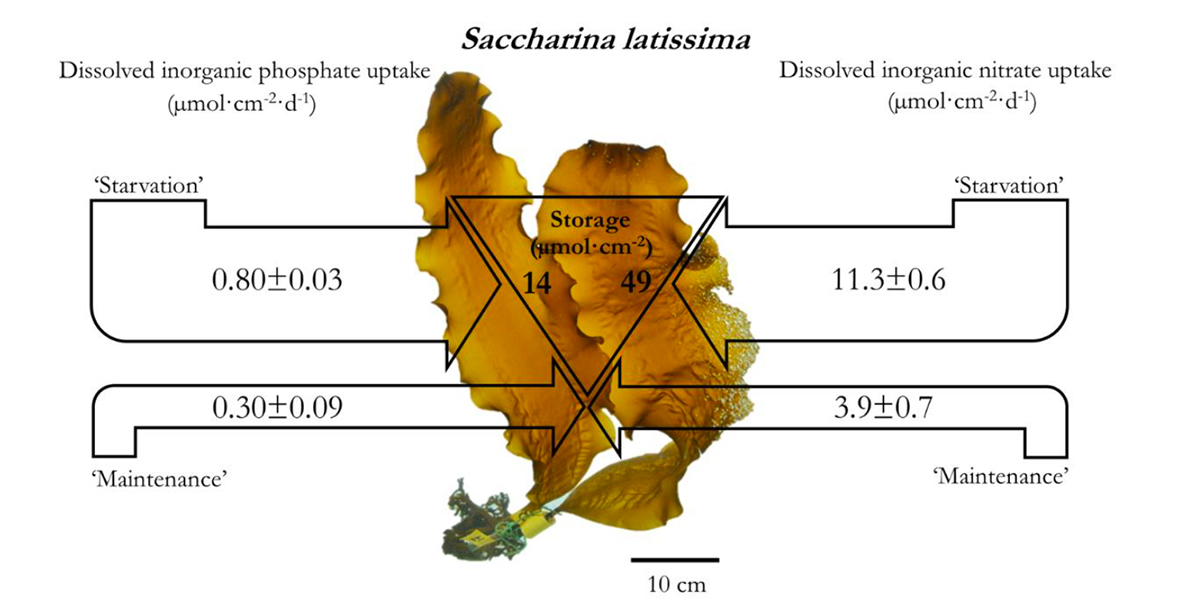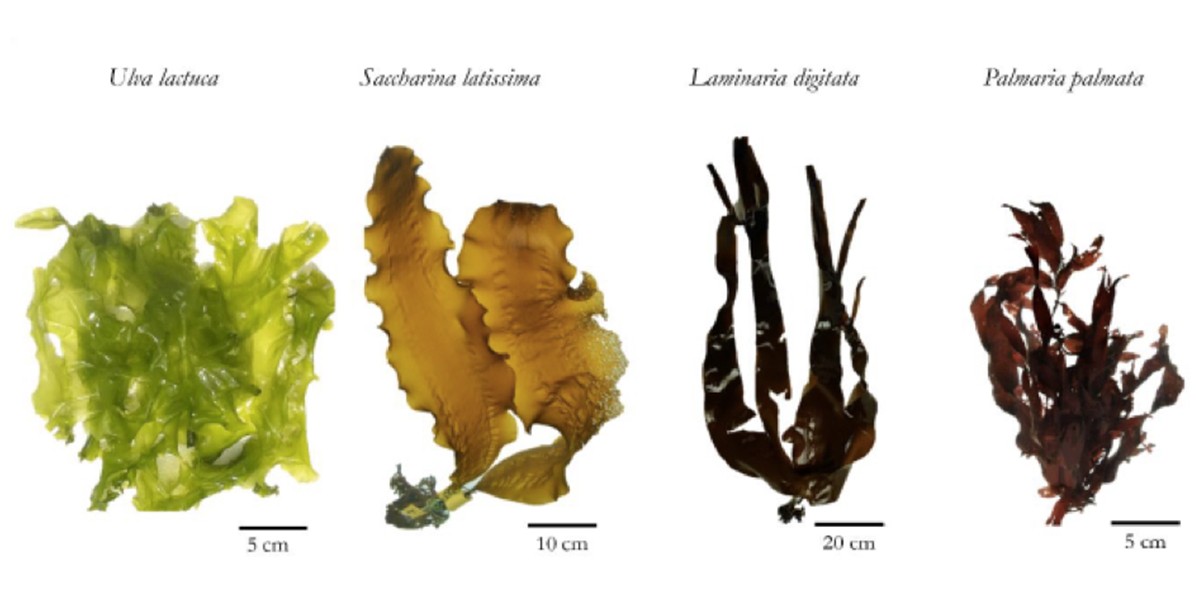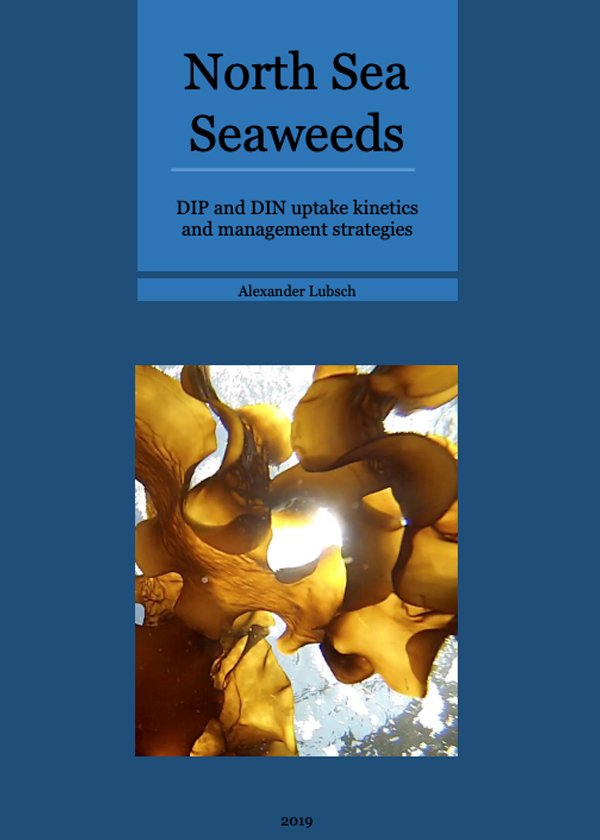Saccharina latissima
Seaweeds are important primary producers. An essential macronutrient for maintaining the metabolism and growth of these autotrophs is dissolved inorganic phosphorus (DIP), along with nitrogen (N). Understanding the demand and management strategy for nutrients by seaweeds is economically and ecologically of central importance as it allows for optimal manipulation in cultivation and biofiltration facilities, as well as it opens opportunities to forecast ecological impacts of nutrient limitation and shifts in limitation from one element to another, which can significantly affect the internal composition, physiology and growth of seaweeds.

Study
In this study young sporophytes of the species Saccharina latissima and Laminaria digitata were exposed to a range of nominal DIP concentrations (0 - 6 µmol·L1 ) and non-limiting DIN concentration (50 µmol·L-1 ) under laboratory conditions in a ‘pulse-andchase’ approach over 3 weeks. In an additional ‘pulse-and-chase’ approach, sporophytes of both species were exposed to DIP-depleted, DIN-depleted, DIP and DIN-depleted, as well as DIP and DIN-enriched seawater and the photosynthetic efficiency Fv/Fm as a measure of plant stress was followed over 9 weeks. Based on the data, the DIP and DIN-uptake kinetics, as well as the internal storage capacity of DIP and DIN in Saccharina latissima and Laminaria digitata were quantified and standardized to SA.
Opportunities
The results open opportunities to project impacts of nutrient limitation and shifts in limitation from one element to another, and shed light on possible competitive advantages of Saccharina latissima versus Laminaria digitata in relation to nutrient availability. Uptake kinetics as a function of SA allow for a direct comparison of the net nutrient removal from the seawater.
Saccharina latissima in comparison to Laminaria digitata exhibited higher growth rates, as well as a higher VS and VM for DIP and DIN and would outcompete Laminaria digitata in terms of nutrients. Similarly, Saccharina latissima has a larger ISC for DIP than L. digitata and can survive longer in limiting DIP conditions. Both species are efficient users of P, as the N:P uptake ratio during VM indicates. Conclusively, the results support Saccharina latissima to be superior competitor for nutrients and an effective candidate for bioremediation with similar uptake kinetics as Ulva lactuca. Saccharina latissima (Phaeophyceae) typically can be regarded a winter species, while Ulva lactuca (Chlorophyceae) flourishes at relative high temperatures and light intensities. This allows for crop rotation in seagriculture.
Results
The results of this study are published in:
Lubsch, A. & Timmermans, K.R. 2018. J. Phycol. 55(3): 637-650. DOI: https://doi.org/10.1111/jpy.12844

